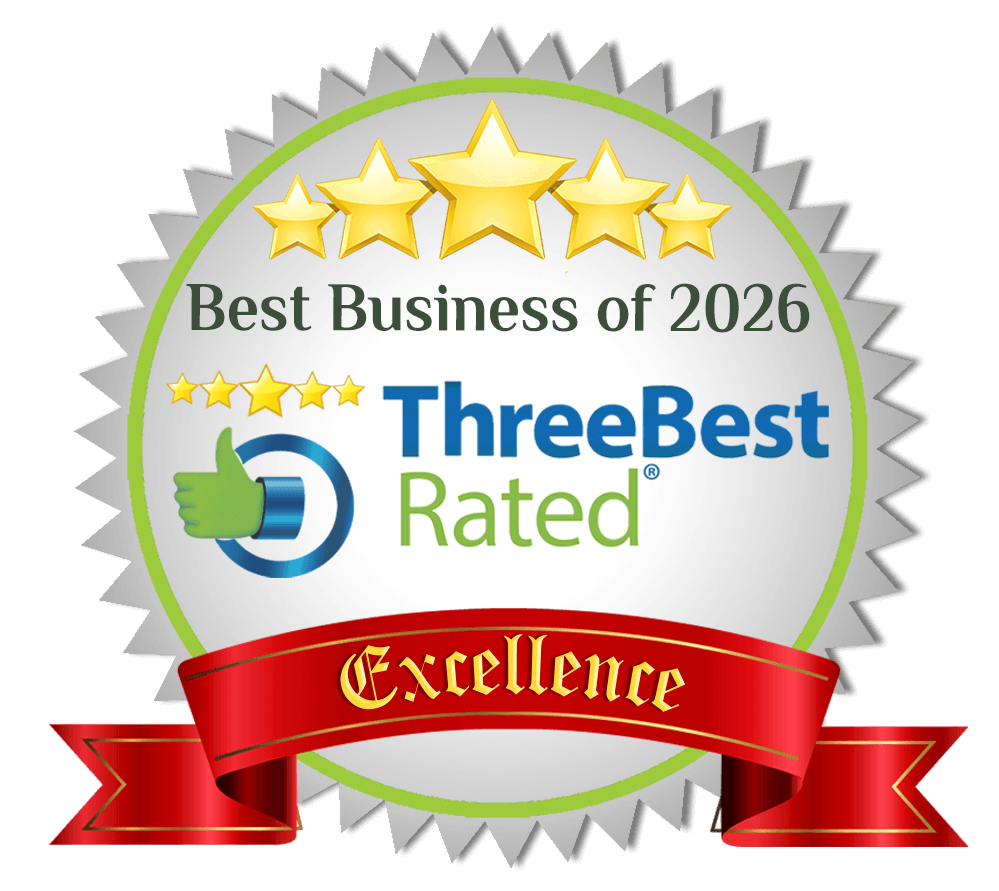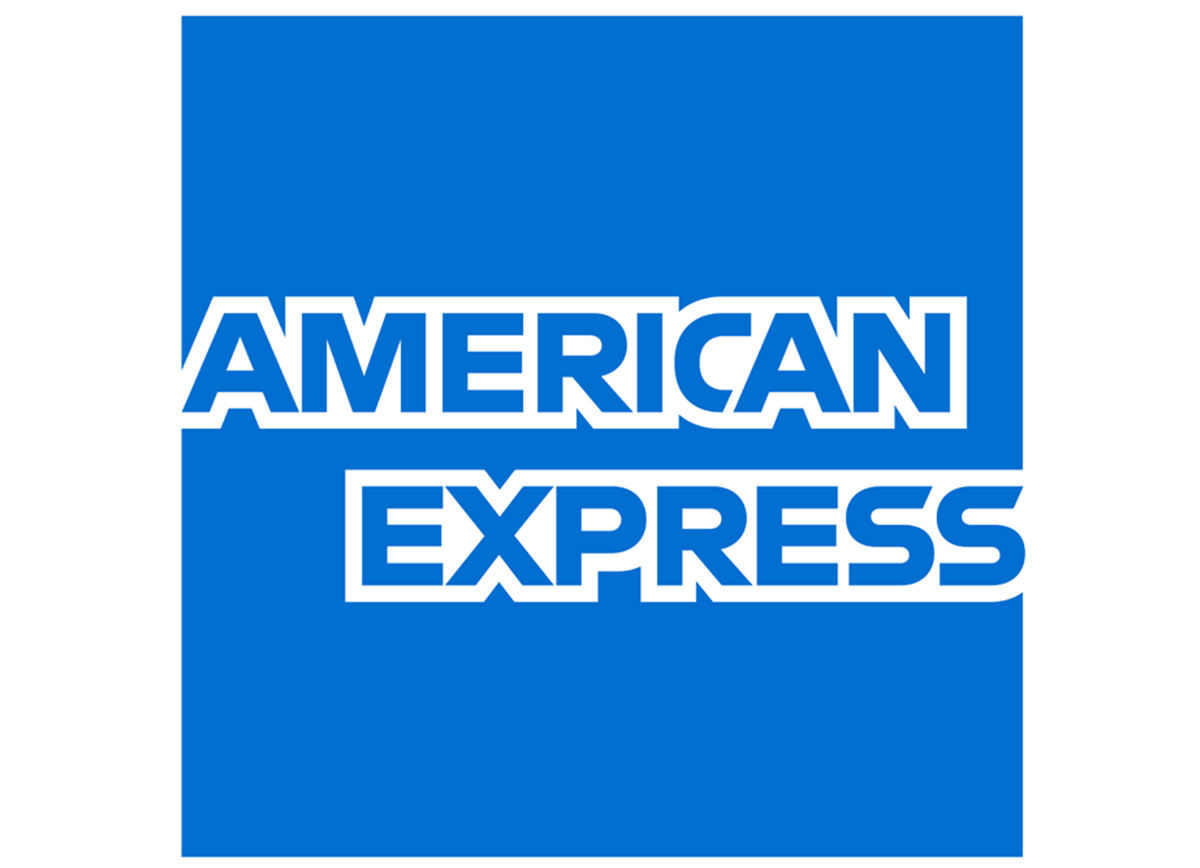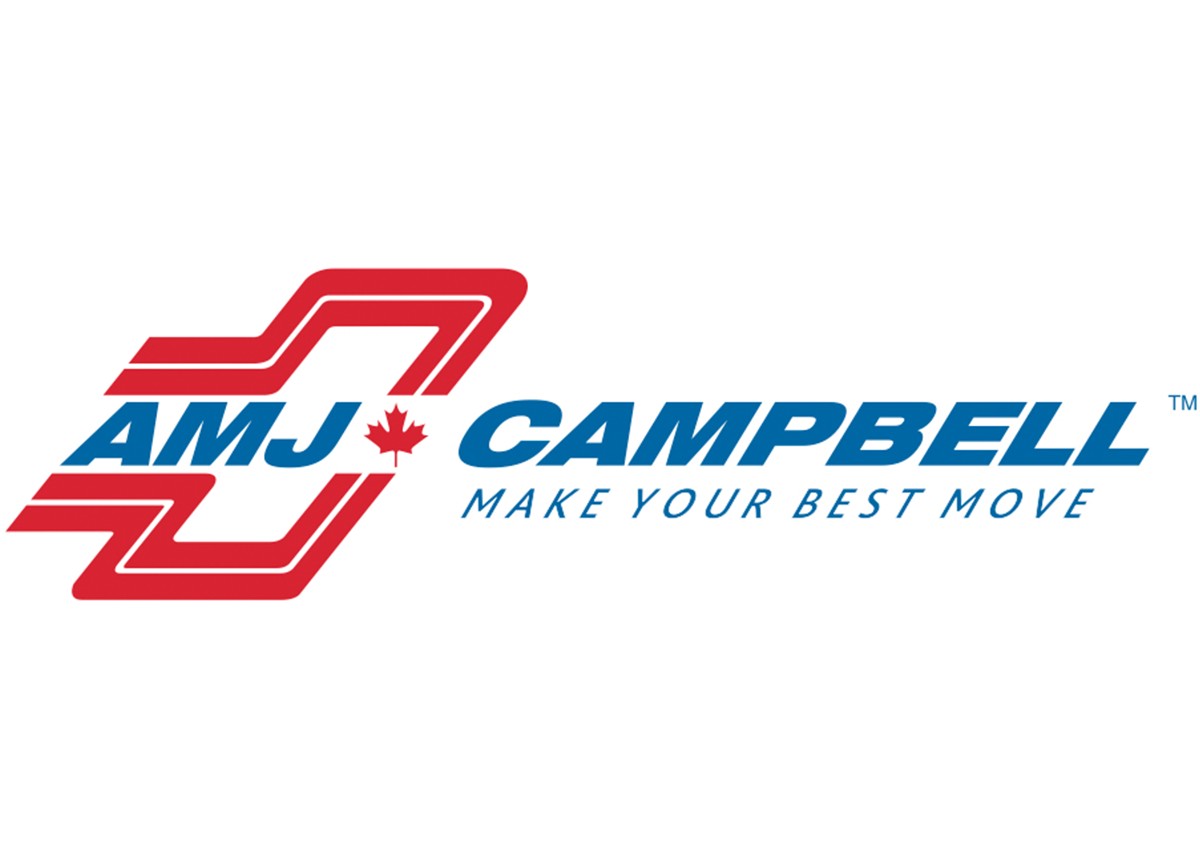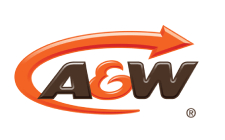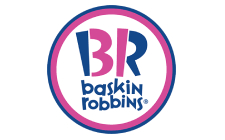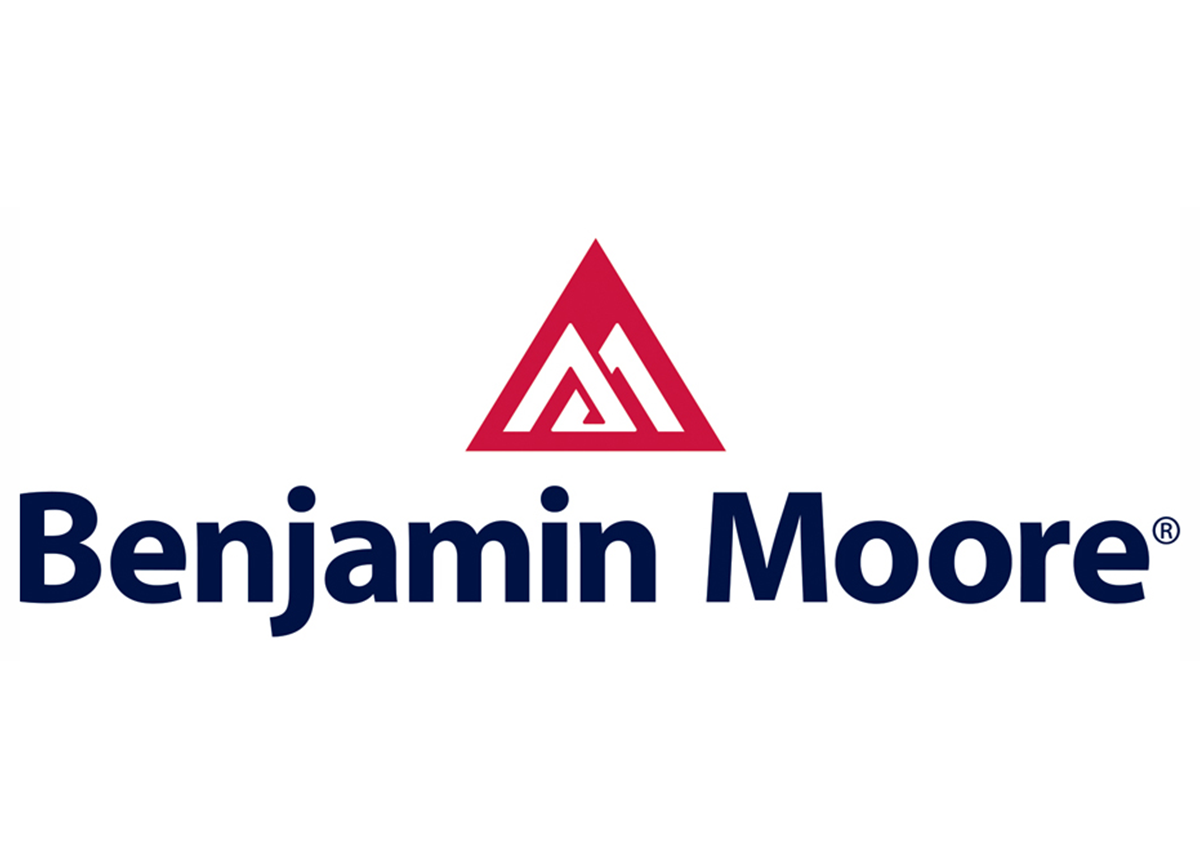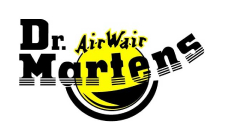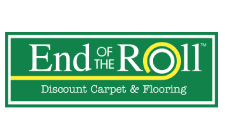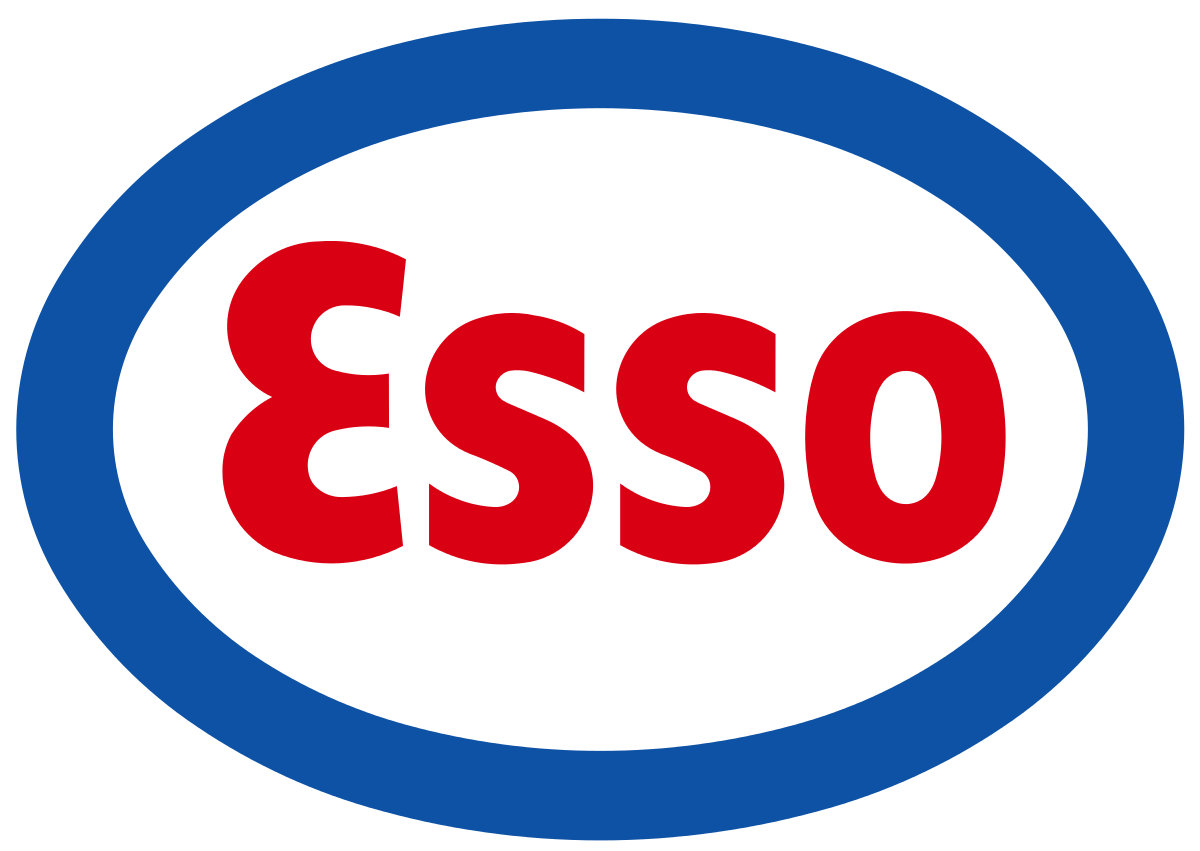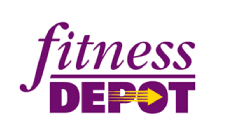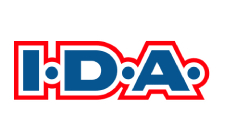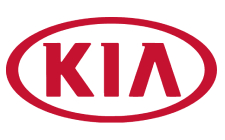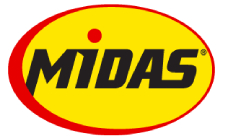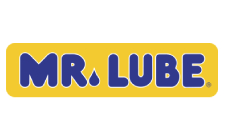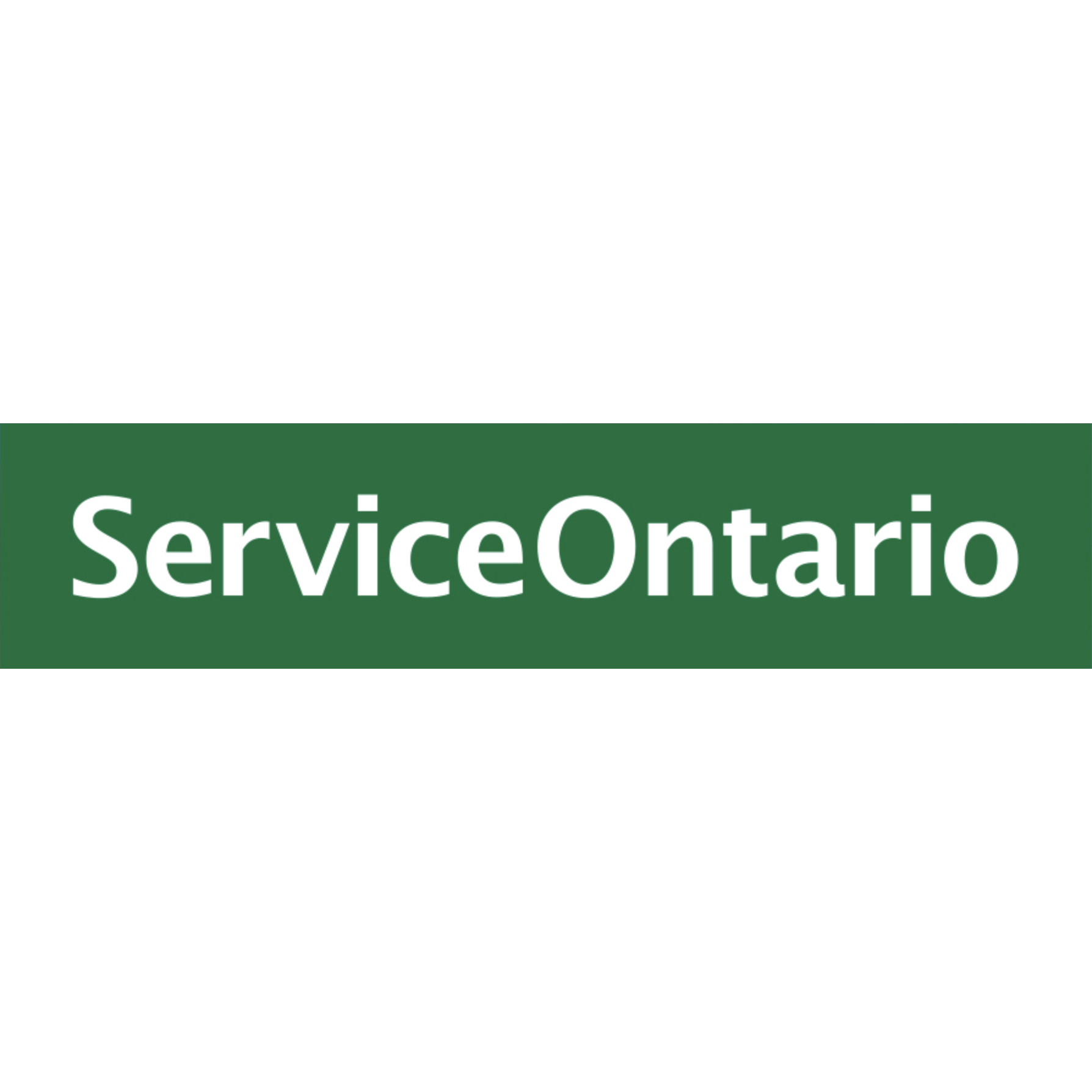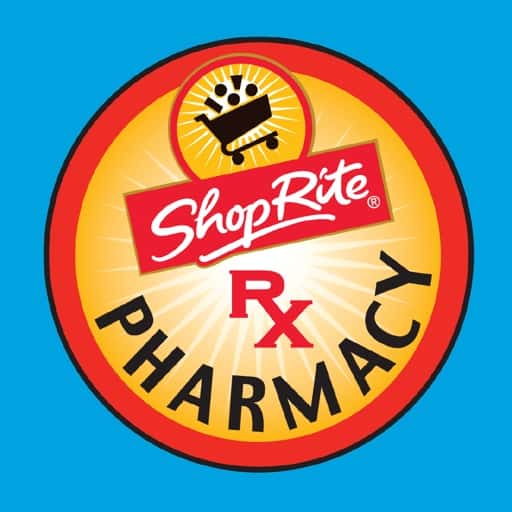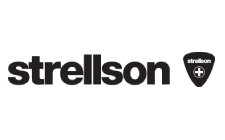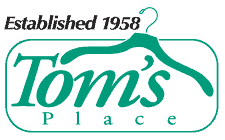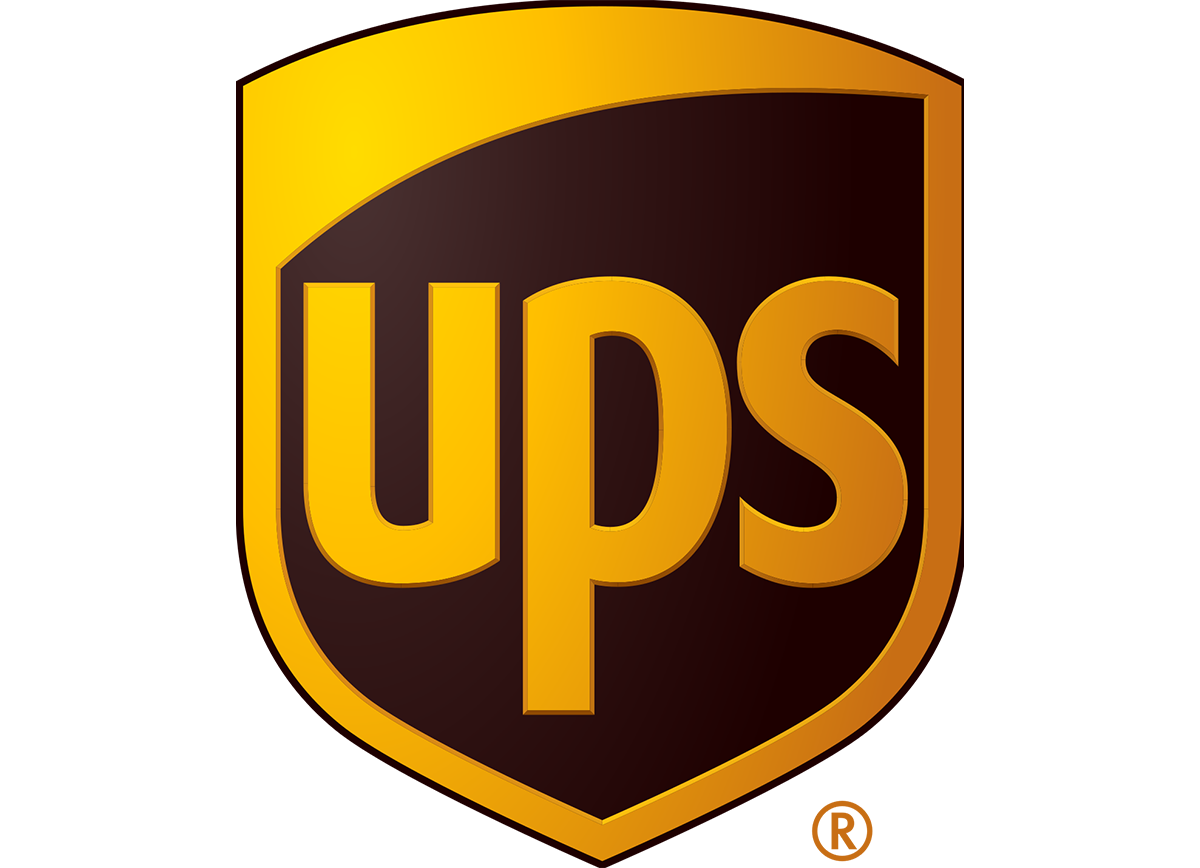Access Control Systems
Touchless, Cloud-Based Access Control
Hands-Free & Touchless
Wave to Unlock with the phone in your pocket
Or Mobile Unlock
Use your phone to unlock
Cloud-Based
Manage your access from anywhere
Real-Time Reporting – 24/7 access activity logs
Guest Pass – One-time access with easy SMS or email link
Triple Unlock Patented Technology
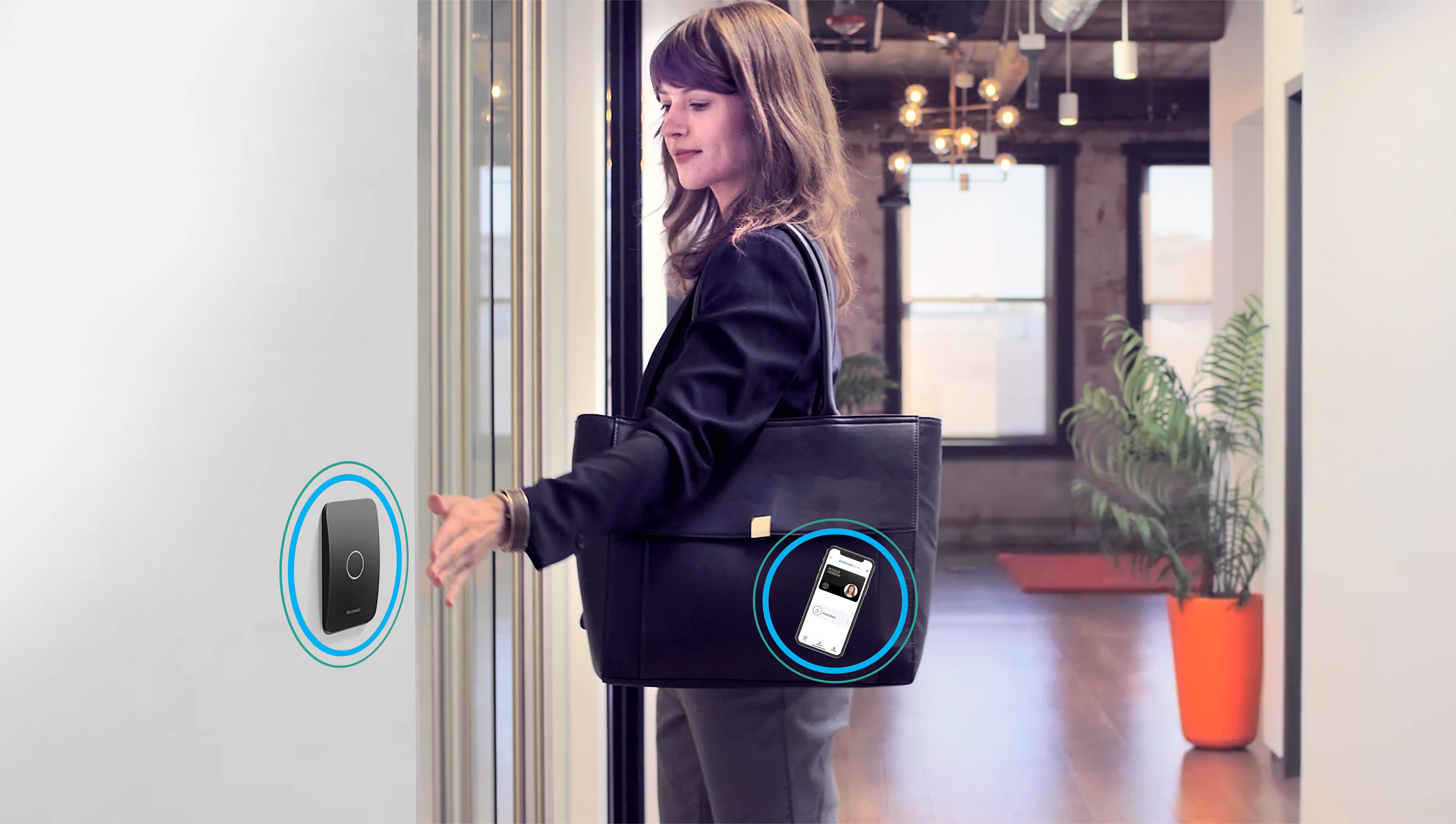
Convenient Keyless Access with Video
Our mission is to provide convenient building access control systems to secure any environment. As a certified CDVI and Avigilon Alta formerly known as Open Path, we design, install and help manage smart, customizable access control solutions.
- PROTECTION PLUS utilizes cutting-edge software and modern hardware for their custom, integrated security solutions and is a leading Toronto access control system installer. PROTECTION PLUS is a top provider for Toronto and the GTA, including Mississauga, Hamilton, and the Durham and York regions.
When installing your access control system, Toronto professionals recommend keyless door entry with built-in video capabilities for protecting and managing access to an area at any given time. In addition to regulating access to your building,
your access control system installer can also help you restrict entry to interior areas. Avigilon Alta cloud-based access control system is favoured for the intuitive software for easy management, simple hardware installation, and readers with built-in cameras to combine smart mobile entry with video security in a single device at the door. PROTECTION PLUS will design commercial building access control systems that address needs for your file rooms, server rooms, inventory storage areas, and other areas that require high-level physical security.
Applications of a Card Access Control System
Here are some of the most common applications for access control across industries:
-

With the evolution of more flexible working conditions, businesses must provide next-generation security featuring fast and reliable access control. A key card access control system is a reliable way to give employees more flexible access. Introducing touchless and mobile-based options for wireless door access control systems is also popular, as it minimizes management for on-site teams.
-

The right access control system can significantly impact your bottom line. Given high turnover rates in the retail industry, smart access control allows employers to add, remove and schedule access for staff as needed without extra labour. For managing multiple retail locations, a cloud-based access control system gives administrators remote access to all their security data and controls for greater flexibility.
-

With rising rent in metropolitan areas and a greater desire for better security, landlords are turning to smarter access control for their communities. Cloud-based and mobile access control systems let property managers easily accommodate visitors, deliveries, and maintenance without having to staff a reception or lobby desk with 24/7 security. State-of-the-art integrated systems are also equipped to connect with tenant apps for a better renter experience.
-

Whether you’re in a Primary school, Secondary school, or a university setting, protecting students and teachers is a top priority. As security incidents become more prevalent on campuses, school administrators must ensure that students feel safe in their learning environments. A key card access control system is a great way to allow authorized access to the campus for faculty and staff. PROTECTION PLUS can set you up with wireless door access control systems equipped with remote lockdown for better emergency response and improved school safety.
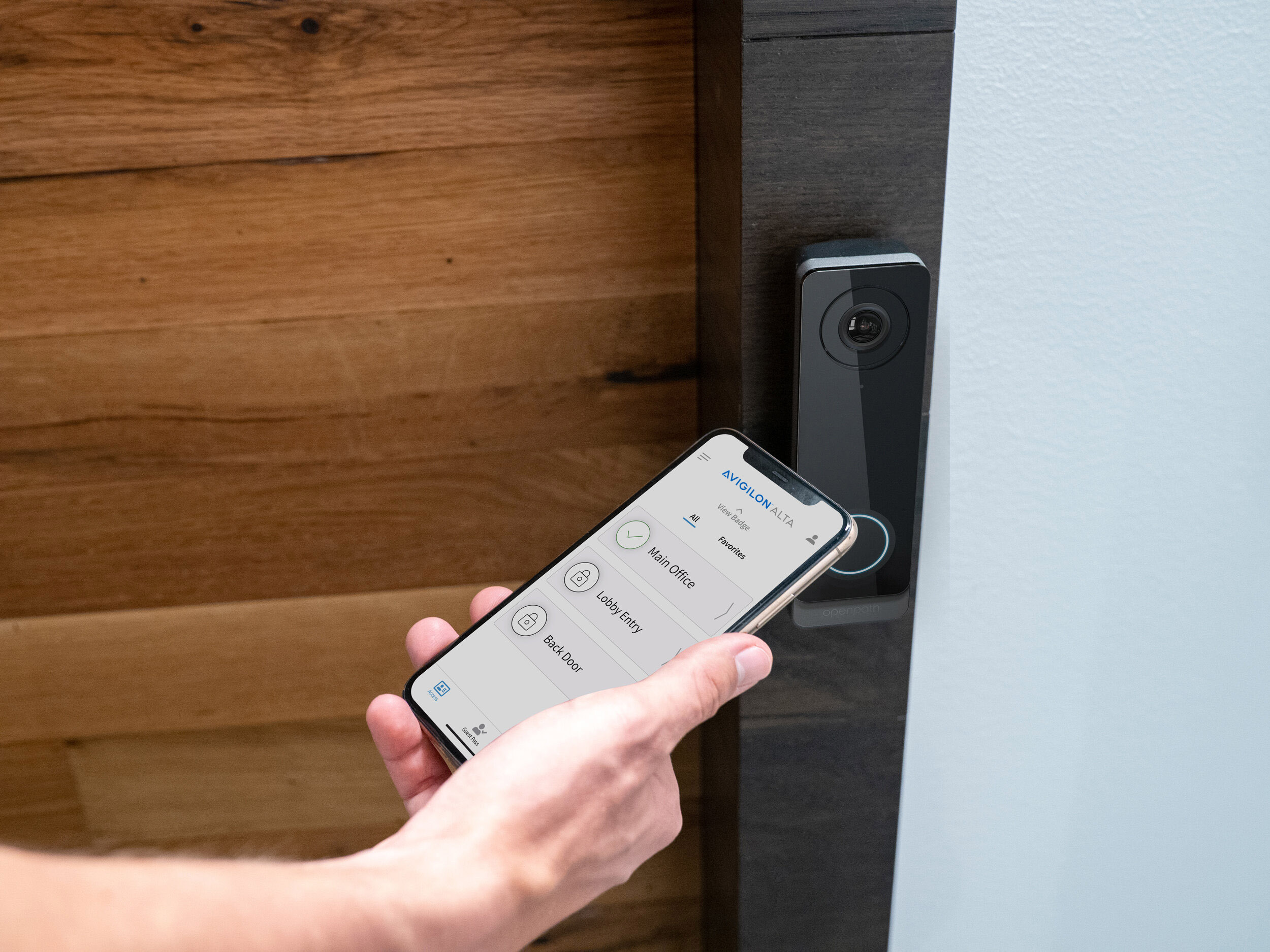
-

Religious institutions have recently become more vulnerable to vandalism, burglary and violence. At the same time, they wish to project a welcoming atmosphere and openness to all of their congregants and staff. A state-of-the-art key card access control system can solve this problem by blending into its physical surroundings, supporting multiple access methods to foster accessibility, and creating a system of record that logs access activity for easy auditability. Remote access is a key feature of cloud-based access control systems for houses of worship and enables remote system lockdown for improved safety and emergency response.
-

Access control systems in the healthcare industry require an innovative approach with easy ingress and egress for main entries but limiting access to narcotics, substances, laboratory equipment, and medical records. Additionally, any hospital access control system must be able to easily accommodate changing shifts and employee schedules and facilitate quick and easy access throughout the building. Wireless door access control systems are an excellent option for hospital security, as they provide detailed audits of entry activity. Paired with cloud-based access control system software, hospitals can easily adjust permissions and door schedules remotely for greater flexibility.
-

Due to strict access and data protection regulations, securing governmental facilities requires meeting several technical security standards. Key card access control systems managed on-premise can provide government buildings with better physical security, limiting who has the authorization to enter the building. Installing a wireless door access control is key for high-security areas, as it prevents unauthorized individuals from gaining entry and provides a clear report for better auditability.
-

As companies like Airbnb change the hospitality industry, hotels are under increased pressure to make their facilities amenable to guests while maintaining a high level of security. A mobile, cloud-based access control solution can help mitigate the challenges. Hotel guests can unlock their room doors with their phones, activating the wireless door access control system via a convenient app. This eliminates the older key card access control system models and makes it easier for guests to check in and access their rooms at any time. Wireless door lock systems are also famous for keeping hotel amenities safer, such as controlling access to fitness centres, pools, office centres, and conference spaces.
-

ULC, banking, and jewellery applications – High-risk businesses are vulnerable to various threats, including robbery, fraud and terrorism. However, brick-and-mortar properties are often limited on the on-site personnel they can employ for security. Installing a cloud-based access control system like Avigilon Alta allows them to efficiently manage the security at each facility without requiring the physical presence of an on-site administrator. Features like automated alerts help keep managers informed and empower proactive security management with remote access to reporting, permissions, and door locks.
-

Today’s warehouses are becoming smarter and more automated than ever. For facilities still using traditional locks or keypads to get into the room, a lost key can create a significant expense and critical codes are easily compromised. Through a smart cloud-based access control system, warehouses and storage facilities can ensure their inventory is always safe. The platform allows warehouse managers to issue credentials, change door schedules, and even remotely unlock the door without being on-site.
-

There are many moving parts for manufacturing facilities, so security is a top priority. A key card access control system can help provide a better picture of who is accessing specific spaces with improved auditability. From unlocking the door for a last-minute delivery to expediting insurance claims to ensuring loss prevention, a cloud-based access control system is a more innovative way to keep manufacturing facilities safe and secure.
Show how a cloud-based Protection Plus access control system can work for your business, with the fastest, most reliable mobile unlocking experience and a complete range of hardware and software designed to scale with ease.
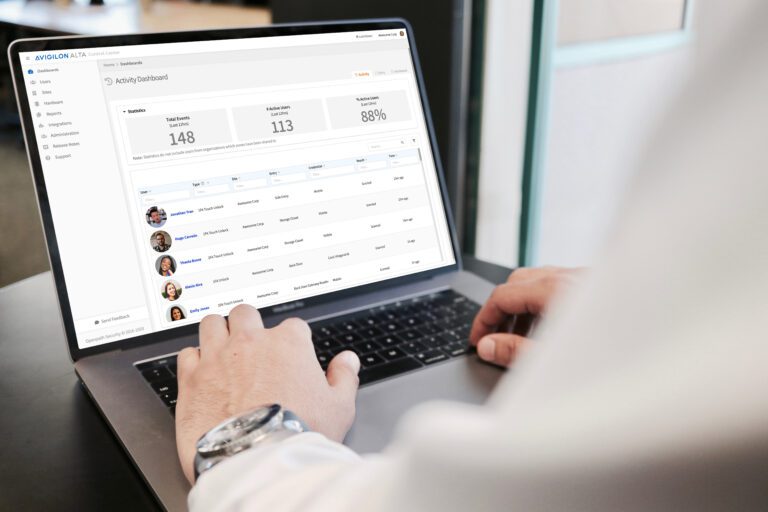
RE/MAX Realtron Realty Testimonial
Top access control systems features
Access Control Systems
Access control in your facilities is a significant part of protecting your business. In addition to regulating access to your building, you may also need to restrict entry to some inside areas with higher security needs, such as file rooms, server rooms, inventory storage areas, etc. You could give employees different keys to different rooms and then need to change locks with employee turnover, but this is cumbersome, costly, and not very effective.
You can eliminate these hassles by having PROTECTION PLUS® install an electronic access control system, such as Avigilon Alta.
Our mission is to improve convenience and security in the access control environment. Avigilon Alta creates innovative, customizable entry control solutions. By combining sleek hardware with cloud-based enterprise software, Avigilon Alta enables mobile, hands-free entry and makes system management more accessible than ever.
The scalable, open platform seamlessly integrates with best-of-breed partners across a wide range of categories used to most efficiently run your business, including; Tailgating, Video Management & Surveillance, Lockdown, Active Directory Platforms, Visitor Management, Building Automation, and so many more.
PROTECTION PLUS® is proud to be one of first Avigilon Alta Canadian authorized dealer. Our trained and certified technicians and sales representatives will facilitate your access control systems’ implementation from the first step to the last.
PROTECTION PLUS stands behind the Avigilon Alta lifetime equipment warranty*.
* some conditions apply.
ASK US FOR A NO OBLIGATION DEMONSTRATION AND QUOTATION of the STATE-OF-THE-ART access control system
Access Control Systems FAQs
Where can access control be used?
Most common applications for access control include:
- Commercial offices
- Retail
- Multi-tenant housing
- Education
- Religious institutions
- Healthcare
- Government
- Hi-Risk; ULC, Banking, Jewelry, applications
- Warehousing and Shelf Storage
How many doors can be serviced by an access control system?
Most access control systems for small businesses manage up to 3 doors, which fits the needs of many offices, shops, and service locations.
However, systems are highly scalable. With the right setup, you can control dozens—or even over 100 doors across one or more sites.
Protection Plus offers systems that grow with your business, whether you need to manage a single door or a full facility.
What is access control?
Access control is a security system that controls who can enter certain parts of a building and at what times. Instead of using regular locks and keys, it uses modern tools like key cards, fobs, PIN codes, mobile apps, or fingerprint scanners.
Owners and managers benefit from access control in businesses and institutions:
- Decide who can enter each area
- Track who comes and goes
- Set entry times for staff or visitors
- Improve safety and reduce risk
Modern systems like Avigilon Alta, CDVI ATRIUM, or Alarm.com also offer:
- Remote access management
- Cloud-based control from desktop or mobile
- Real-time alerts and lockdown capabilities
Whether you manage a multi-tenant building, warehouse, school, or retail store, access control helps:
- Prevent internal theft
- Keep people safe
Make sure only approved individuals are in the right places at the right times
Can an access control system be integrated with other security solutions?
Absolutely.
At PROTECTION PLUS, we design access control to work smoothly with your entire security system.
We connect card readers, keypads, or mobile access with:
- Intrusion alarms
- CCTV cameras
- Fire alarm panels
- Visitor check-in systems
- Building automation tools
If a door is forced open, the system:
- Creates a video clip of the event
- Sends an alert to your dashboard in real time
You won’t miss a thing.
- All data is in one place. A single report shows:
- Who entered
- What the cameras recorded
- The status of any alarms
Because we handle everything—design, installation, and support—you get one complete system without dealing with multiple vendors. This makes daily security decisions faster and easier.
Can existing doors and locks be upgraded to work with access control?
Yes. Upgrading existing doors and locks is often the most affordable way to add access control.
We start with a site visit to check:
- Door frame depth
- Door material
- Strike plate type
- Power availability
If conditions are right, we retrofit:
- Electric strikes or magnetic locks
- Wireless card or fob readers
- Your current hardware (when possible) to maintain the look of your doors
Door closers, hinges, and fire safety ratings stay in place. Only the way people unlock doors changes.
We handle all programming in-house, making the switch smooth. During the transition, staff can still use keys. Then we roll out cards, fobs, or mobile access—without interrupting daily operations.
Is cloud-based access control available?
Yes, cloud-based access control removes the need for on-site servers. You can manage everything from anywhere, using any phone, tablet, or computer with internet access.
Cloud-hosted platforms like Avigilon Alta (via Canadian data centres) and Alarm.com provide:
- Remote system control from any device
- 24/7 encrypted access logs you can check anytime
- Automatic software and firmware updates, so you stay current
- Full compliance with SOC 2 and PIPEDA privacy standards
This setup keeps your system simple, secure, and easy to manage. No servers to maintain, no software to install—just reliable access from wherever you are.
Can an access control system be integrated with other security solutions?
Certainly, we architect access control to communicate with your current security technologies so every component reinforces the next. For example, we link badge events to CCTV presets, directing cameras automatically toward the accessed doorway, while intrusion panels arm or disarm based on credential privileges. Elevator controls restrict floor access, and building management systems adjust lighting or HVAC when occupancy changes. We even push event data to HR and time-clock software to streamline payroll and compliance audits. By letting disparate systems share real-time information, we create a more innovative, proactive environment that deters threats, speeds response, and improves operational efficiency for everyone.
What is the best access control system for a commercial building in Toronto?
The best system depends on your building size, number of users, and how much integration you need:
Avigilon Alta (formerly Openpath) is a top choice for medium to large buildings or multiple locations. It’s cloud-based and works well with mobile access and video systems.
Why it’s a good option:
- No on-site servers needed
- Use your phone to unlock doors with a wave
- Manage access and view logs from anywhere
- Works smoothly with Avigilon video cameras
- Data is stored in Canada to meet PIPEDA rules
Alarm.com for Business Access Control
Best for small to large businesses that want access control with alarms and video.
Why it’s a smart choice:
- Simple platform with real-time alerts
- Control access, alarms, and video from one mobile app
- Affordable hardware bundles
- Set lock schedules and user access automatically
- Cloud-based—great for franchises and retail chains
CDVI ATRIUM
Best for mid-sized buildings that need reliable access with cards, fobs, PINs, or biometrics.
Why it stands out:
- Scales up to hundreds of doors and thousands of users
- Supports cards, fobs, PINs, and biometric access
- Flexible setup—use on-site or in the cloud
- Easy web-based system management
- Works with elevators and visitor access systems
you need a cloud-first system that can grow with your business, choose Avigilon Alta.
If you prefer local control with cards, fobs, or PINs, CDVI ATRIUM is a solid choice.
If you want a cost-effective, all-in-one solution, go with Alarm.com.
Protection Plus offers all three systems with expert design, installation, and support across Toronto and the GTA.
Is keyless entry safe for businesses?
Yes. Keyless systems improve security by removing physical keys and adding encrypted, trackable digital access.
Key benefits:
- Encrypted credentials that prevent duplication or tampering
- Remote access control for real-time management
- Detailed entry logs showing who entered and when
- Easy removal of access for former staff or lost devices
- No need to rekey locks after personnel changes
Protection Plus installs keyless systems that follow Canadian privacy and cybersecurity standards. Features include two-factor authentication, secure cloud backups, and mobile access options.
How much does access control cost in Toronto?
Costs vary based on the number of doors, type of system, and features like mobile access or video integration.
Typical price ranges:
- Single-door systems: $2,000–$3,500 — good for small offices or service doors
- Multi-door setups: $5,000–$10,000 — ideal for small to mid-size buildings with multiple entry points
- Enterprise-grade cloud systems: $10,000+ — built for larger facilities needing remote access, advanced reporting, and integrations
Extra features like biometric readers, elevator control, or emergency lockdown functions can increase total cost.
Protection Plus offers free consultations to help you choose a system that fits your needs and budget.
Do I need a permit to install an access control system in Ontario?
No permit is usually required, but:
- Licensed electricians must perform any electrical work
- Fire-rated or emergency doors may require fire code compliance inspections
- Systems integrated with alarms or fire panels must meet ULC/NFPA standards
Protection Plus handles all compliance during system design and installation.
What are common security risks of using access control system and how are they mitigated?
- Tailgating: Mitigated by training, turnstiles, or mantraps
- Forced entry: Prevented via sensors and forced-door alarms
- Credential spoofing: Reduced by using encrypted, random ID tokens and multi-factor authentication
- Magnet or power tampering: Countered with battery backups and tamper-resistant hardware
- Mechanical key fallback: Locks should prevent bumping and duplication by limiting physical key use
What access control credential options are available?
Multiple credential types include:
- RFID key cards/fobs (proximity or smart cards)
- Swipe cards (less secure, unencrypted)
- PIN codes
- Biometrics (fingerprint, palm vein)—less reliable in dusty/humid settings
- Mobile credentials (via smartphone)
Combinations of these methods support multi-factor authentication and increased security.
Electronic Card Access Control Systems Toronto
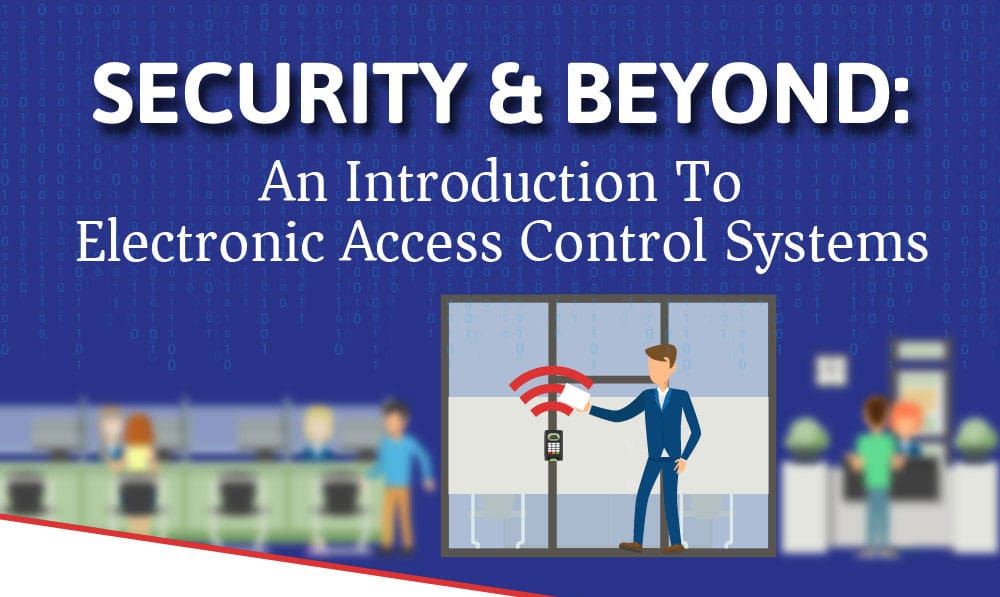
Keeping your organization safe is always top of mind. The more sensitive your operation, the more secure it must remain. Using electronic access control systems (EAC) provides the protection you need in the simplest and most accessible manner. They offer digital networks and devices designed to detect and authenticate entry onto your premise. These systems effectively operate 24/7 with customized access provided based on the person entering your facility. You can use the system paired with log-in details to enhance your security measures. You will have total control over who enters every area within your facility, and determine who is allowed access to each area. You can even limit access to certain areas based on the time and day of the week. With the onslaught of COVID-19, having touchless security and entry options are more important than ever. Combining hygienic entry options in hand with a security system that allows you to dictate permission-based entry creates a state-of-the-art security system ideal for any organization.

Combined Entry and Security
Your electronic access control system is highly customizable, allowing you to use them with other lock and security measures. Most commonly, they are partnered with electronic door control devices unlocked using an RFID card, PIN code or biometric scans. Today, touchless options are in high demand to prevent the spread of viruses like COVID-19.
The Benefits of Electronic Access Control Systems
There are many reasons you need an electronic access control system:
- Control: You have better control over who enters your organization and the areas they can access. You can monitor and control access depending on the clearance for each visitor or employee. You can also prevent unmonitored activity inside your premises based on accessibility control.
- Multi-location Access: COVID-19 has made it more difficult to ensure that essential employees access unique facilities. Using electronic access control systems, you can control multiple buildings from one system. Introducing touchless and wave to open options reduces touchpoints throughout your facility while making it easier for employees to move from location to location based on their approved access level.
- Avoid Rekeying of Doors: A lost or missing key is costly, as it requires rekeying the doors. Your EAC makes rekeying unnecessary.
- Improved Tracking: Your system allows you to see who is on your premises, where they are and when they enter and leave to look for potential security and performance issues.
Perhaps best of all, you can integrate your system with various business apps and devices. This allows you to use your access control system for functions such as visitor management, lighting and room booking.
Components of Electronic Access Control Systems
Your electronic access control systems consist of:
Access Control Point (Entries)
Manage and create regulated physical barriers for secure access points, including doors, parking gates, storage cabinets and elevator floors, where access is restricted.
Credentials
Credentials include:
- RFID key cards and fobs: These are the most hygienic form of access control. You can choose:
- Proximity cards to communicate using low-frequency fields and provide no encryption.
- Contactless smart cards communicate using high-frequency fields.
- Swipe cards are considered less secure than RFID cards because they’re usually not encrypted and are easy to clone.
- PIN code: PIN readers use PIN codes to grant access, but are not recommended for areas that require high security.
- Biometrics: This would include entry via fingerprints or palm veins, but present a greater possibility to malfunction in dusty or humid environments.
- Mobile: Employees use their smartphones to make unlock requests by touching the reader.
You can choose to use a single type of credential or a combination suited to your specific needs.
Credential Readers
Credential readers are installed near the entries to allow staff or visitors to use their credentials to send the inputs to the Access Control Unit (ACU) using a wired or wireless connection. High-risk areas are more secure using biometric access control, palm geometry or facial recognition.
Electronic Access Control Unit
The ACU is used to receive the credential data from the reader. Once the proper credential is used, access is provided, and the ACU will unlock the door. The ACU can make processing decisions and manage data such as credentials, PINS, and other security features.
Locking Hardware & Access Control Software
This is the functioning electromagnetic locks, push bars, and other electrified hardware used to configure entries. It is managed using access control software, allowing the information to be defined in the application syncs with the ACU to determine if access should be granted.
How an EAC System Works
While all these parts and functions might seem complicated, in its most basic form an EAC system is quite simple. It works in the following way:
Step 1 – Authentication: First, the user must present their credentials to the access points’ reader. The reader sends the data to the ACU, so it can determine if the credentials meet the access point’s requirements.
Step 2 – Authorization: Next, the ACU determines whether the system recognizes the user and if they have the right kind of credential to trigger entry. This process can include a vast series of data, including:
- If the user has access to the entry that they’re trying to unlock
- If they are using the predefined allowed credential types and trigger types
- If they are making the unlock request within any schedules defined on the entry
It will also ensure that the other restrictions, such as a system lockdown, are not currently triggered.
Step 3 – Access: Once authorization is complete, commands are sent from ACU to the door-locking hardware to unlock the entries.
Step 4 – Manage: Administrative software is used to sync automatically with internet-connected ACUs for adding or removing entries, user credentials, schedules, and alerts.
Step 5 – Audit: Your organization’s administrators can generate reports for access logs, including both user activity and entry activity, by auditing the access control system. This ensures there are no issues with accessing entries, and the system is working correctly.
Despite the many steps involved in entry and authentication, it all happens almost instantly, providing quick access for authorized employees or visitors. The EAC system is highly customizable, efficient, and hygienic, providing any organization large or small with a dependable access process.
Locations We Serve
PROTECTION PLUS® in Toronto is proud to offer security systems & solutions across the GTA, Durham, Halton, York regions and Southern Ontario including;




